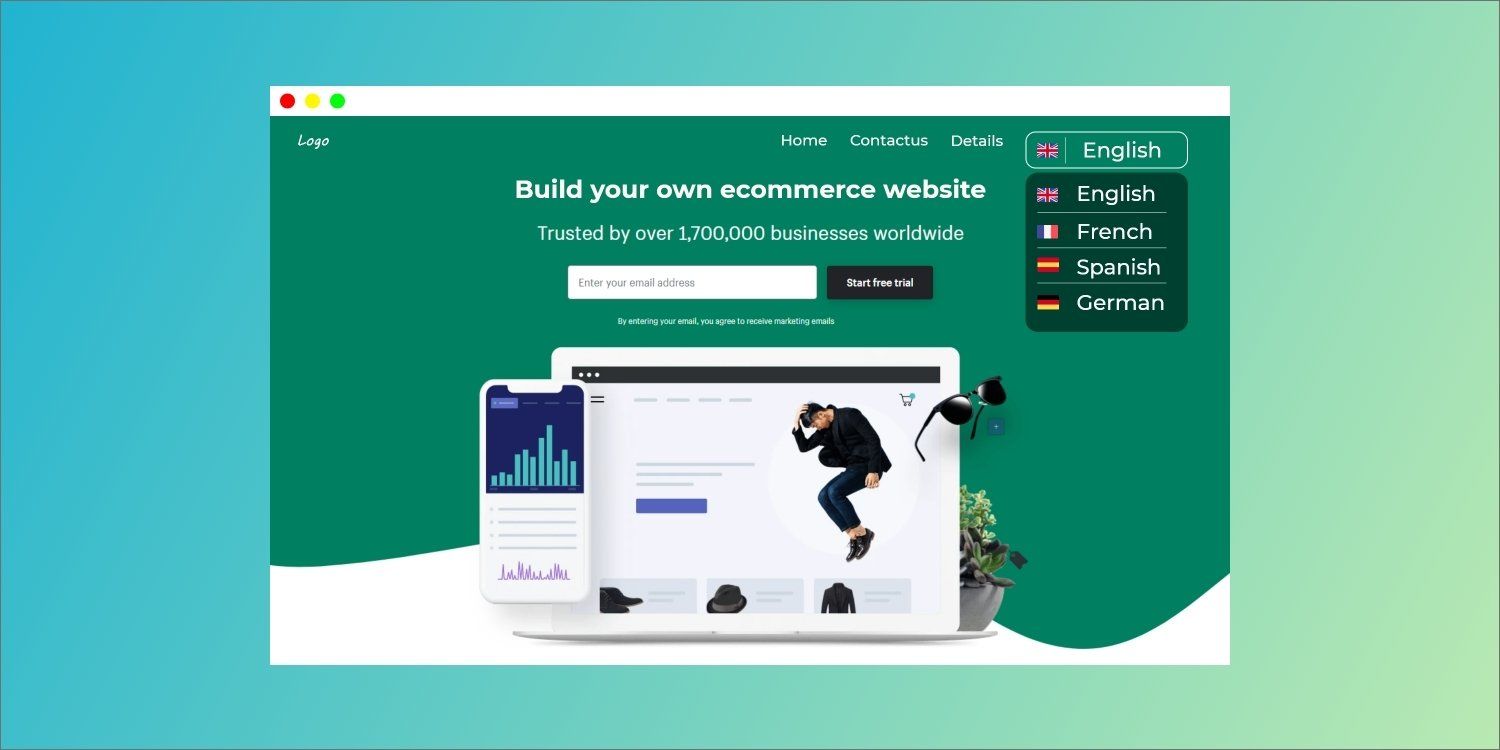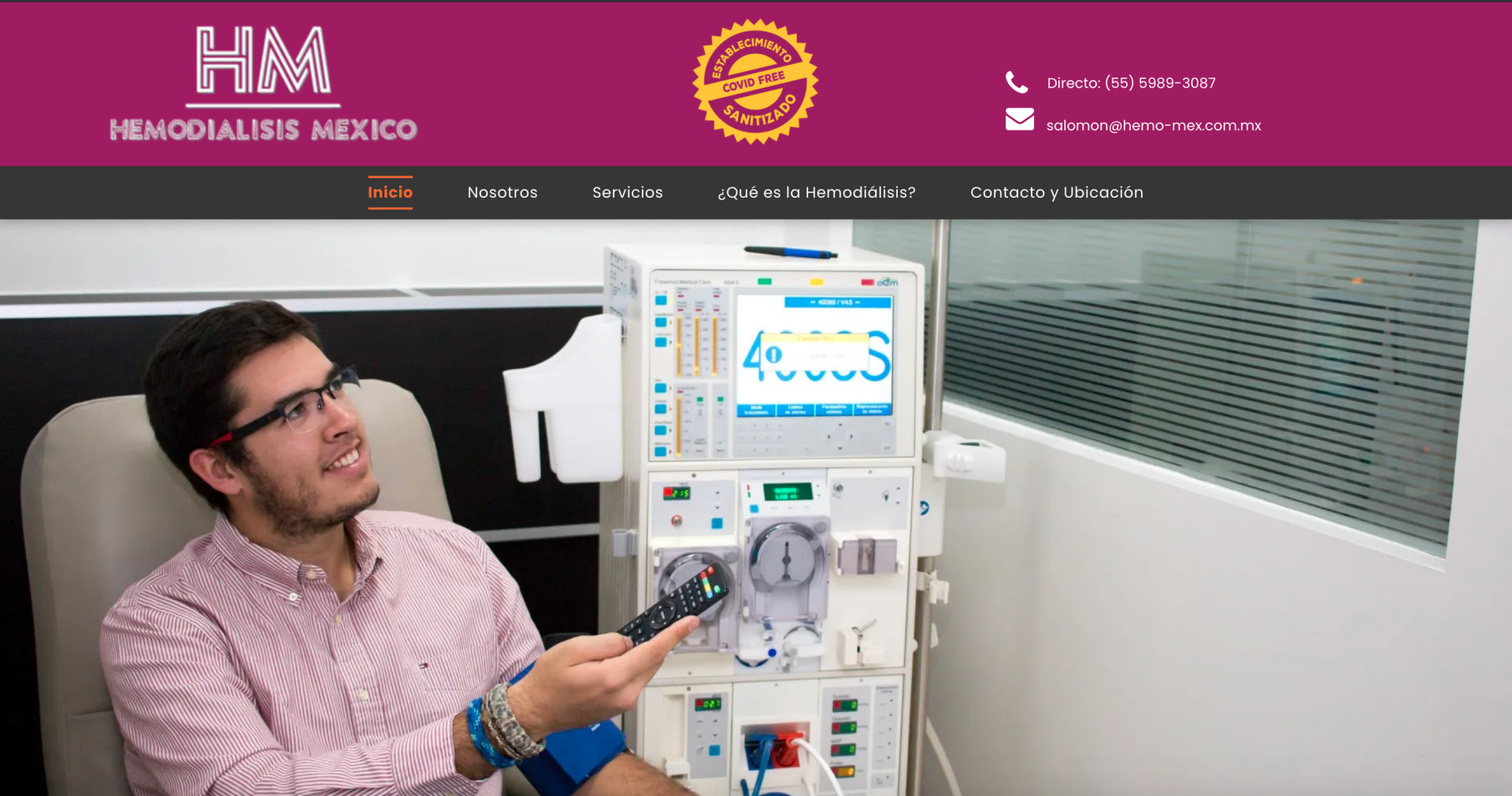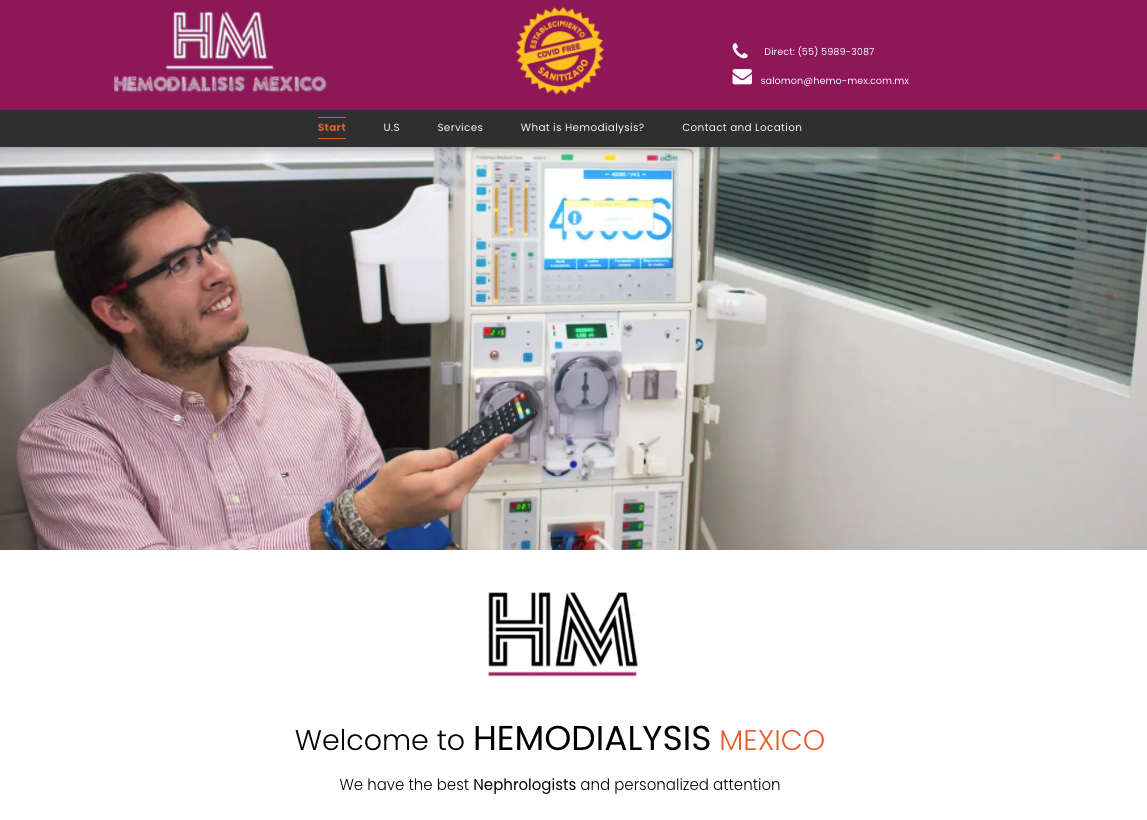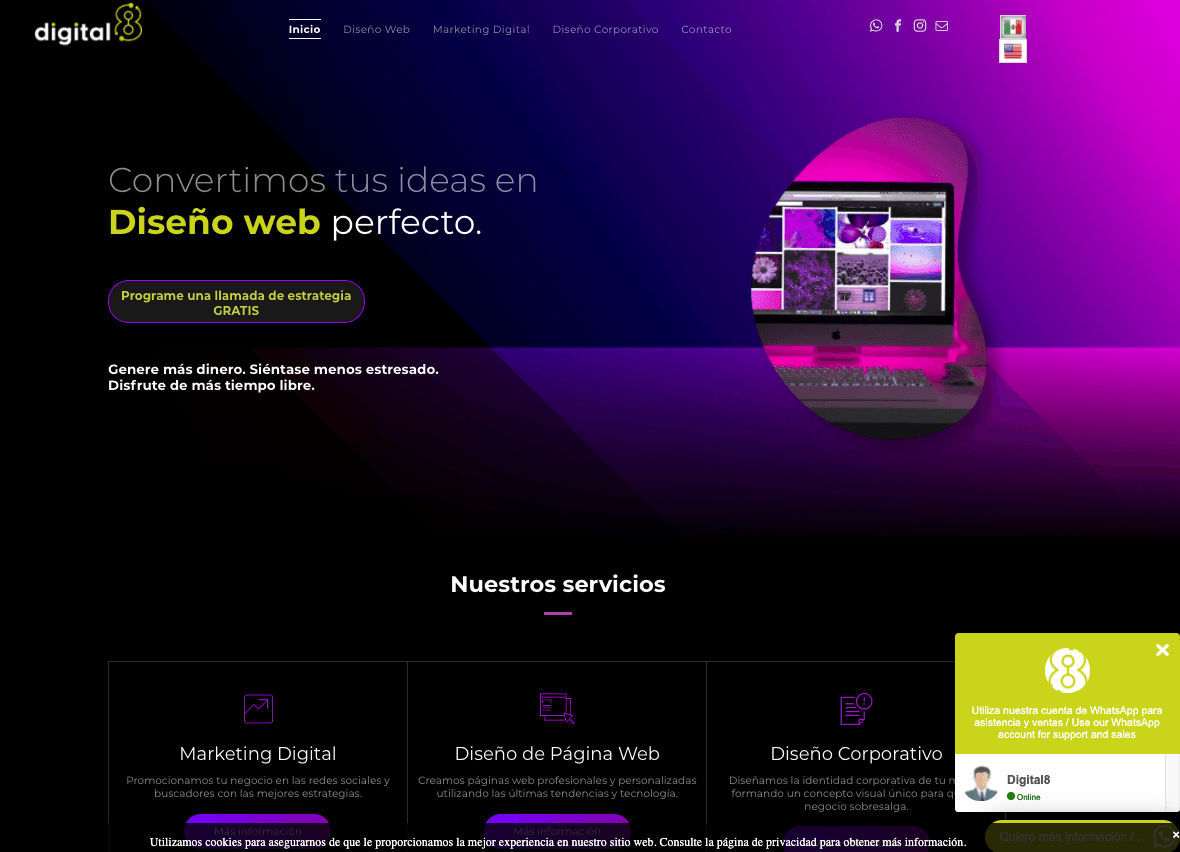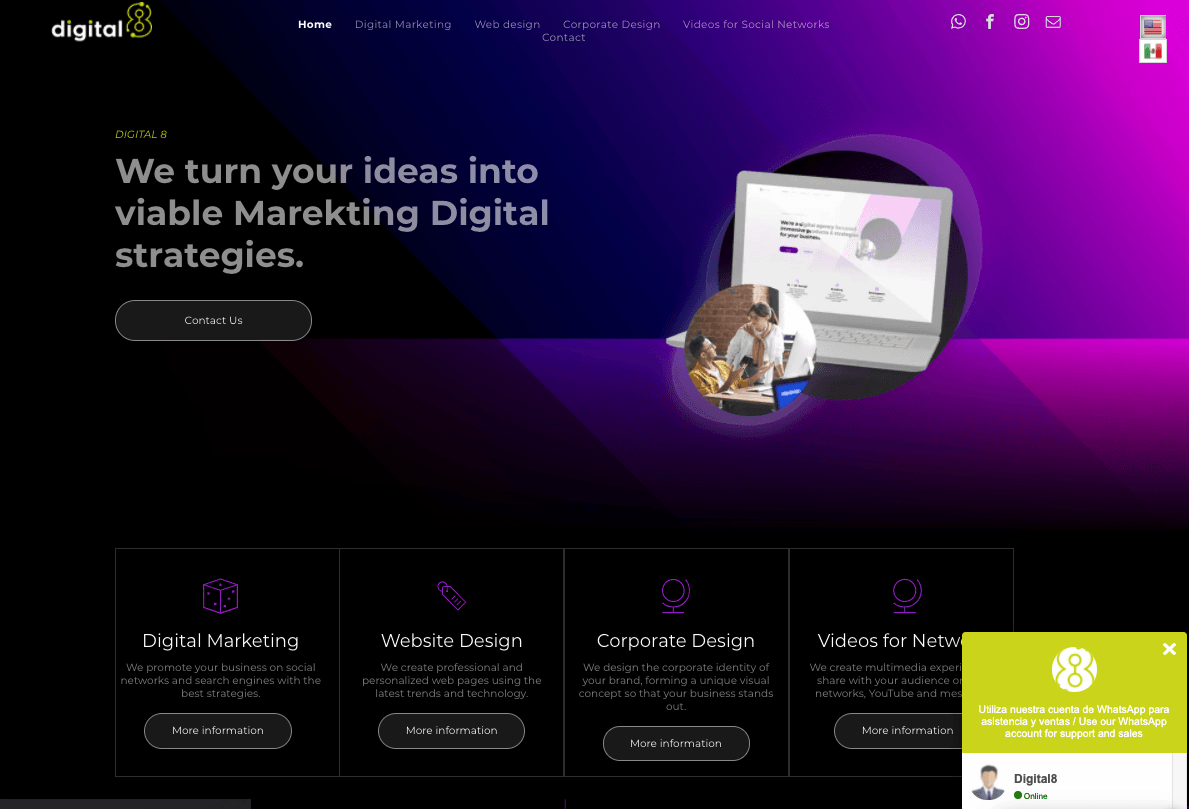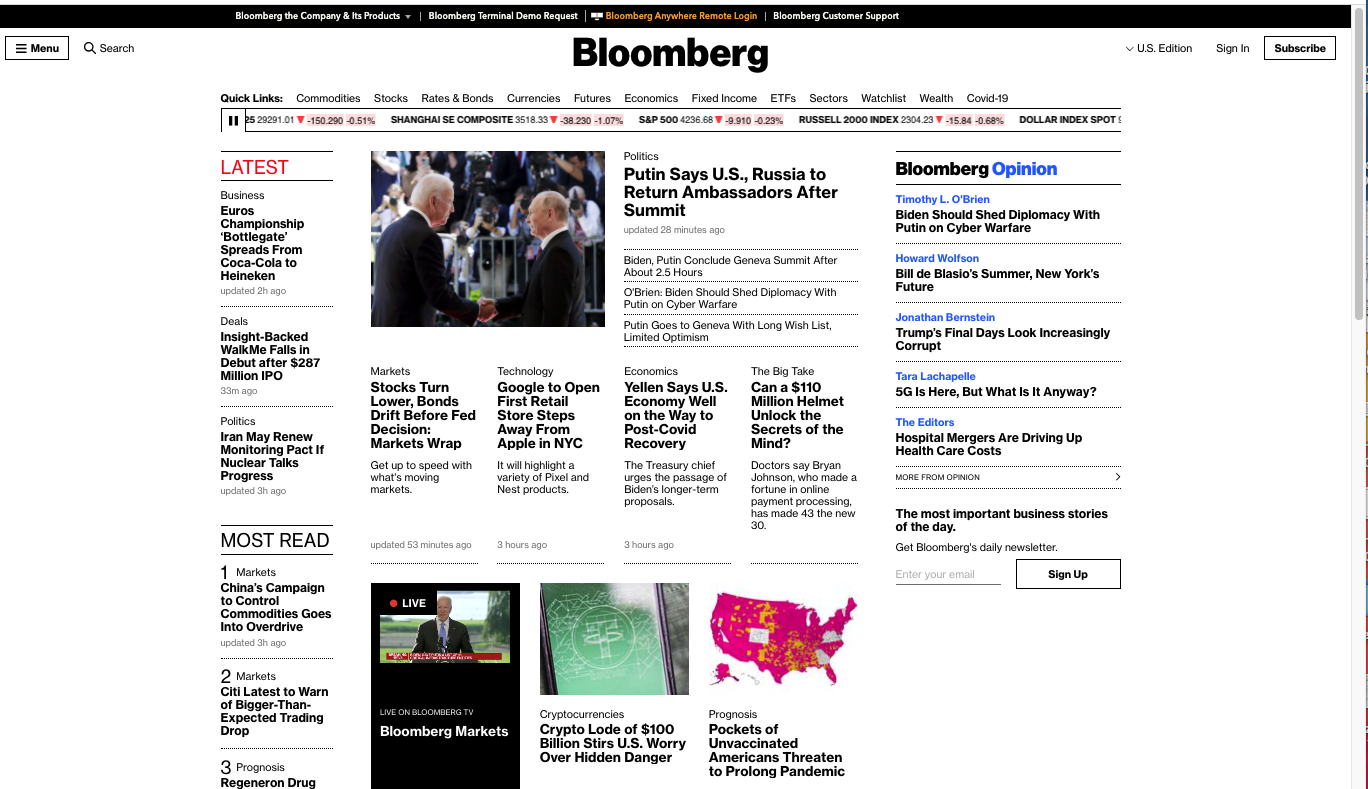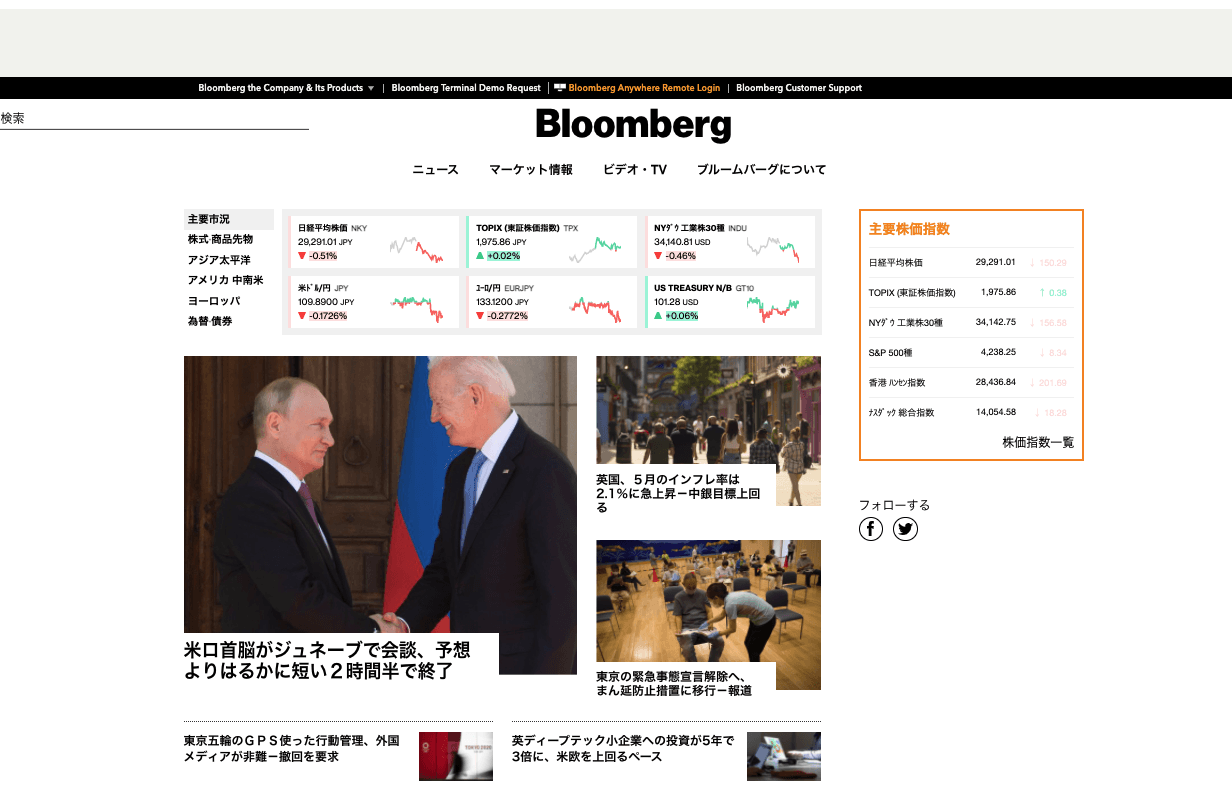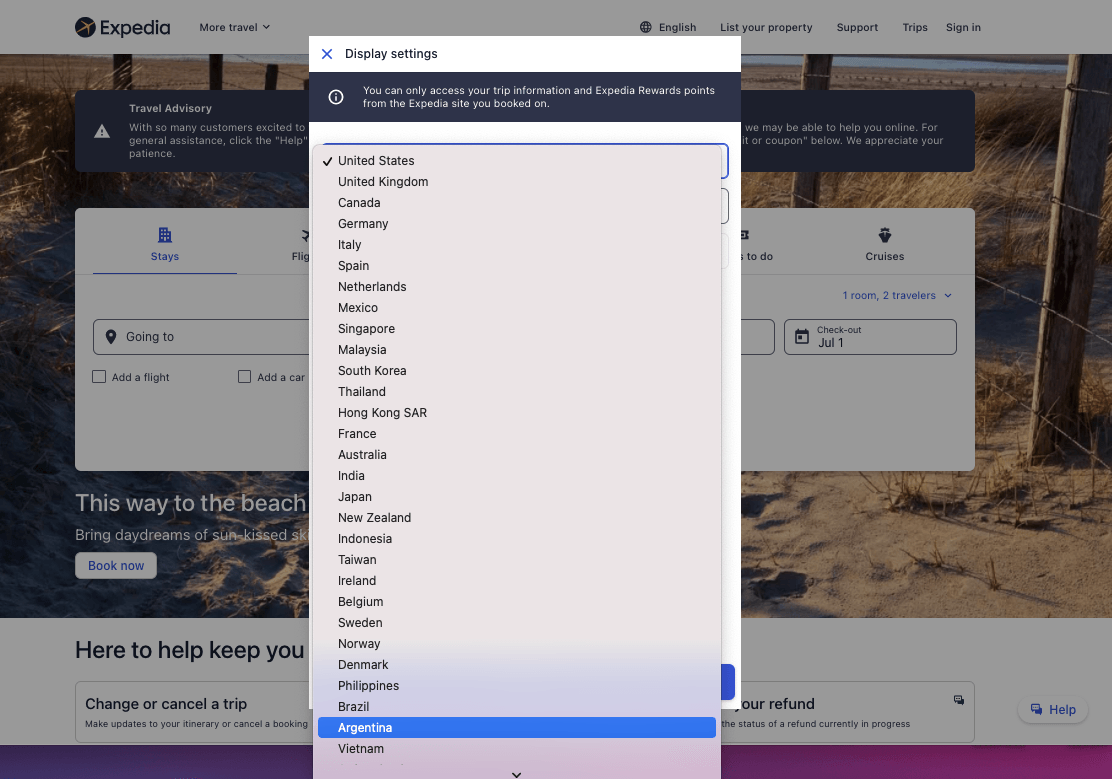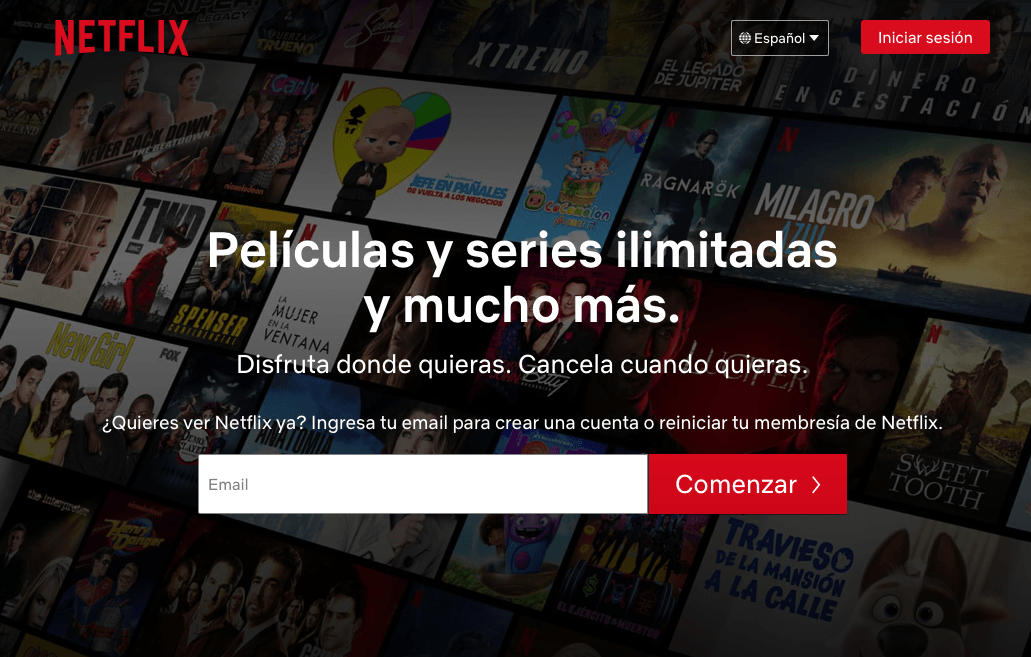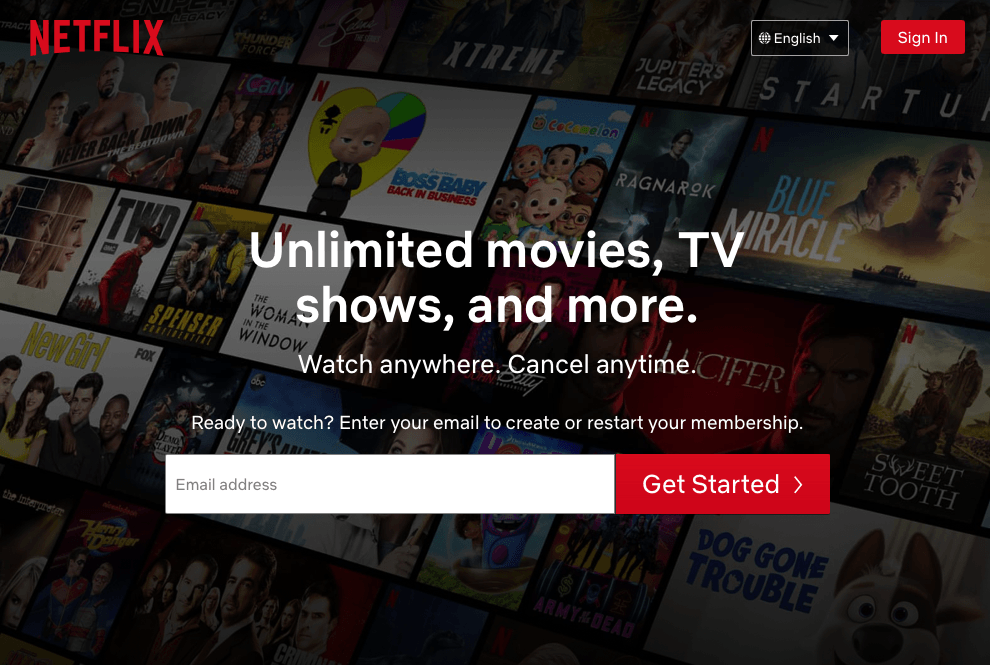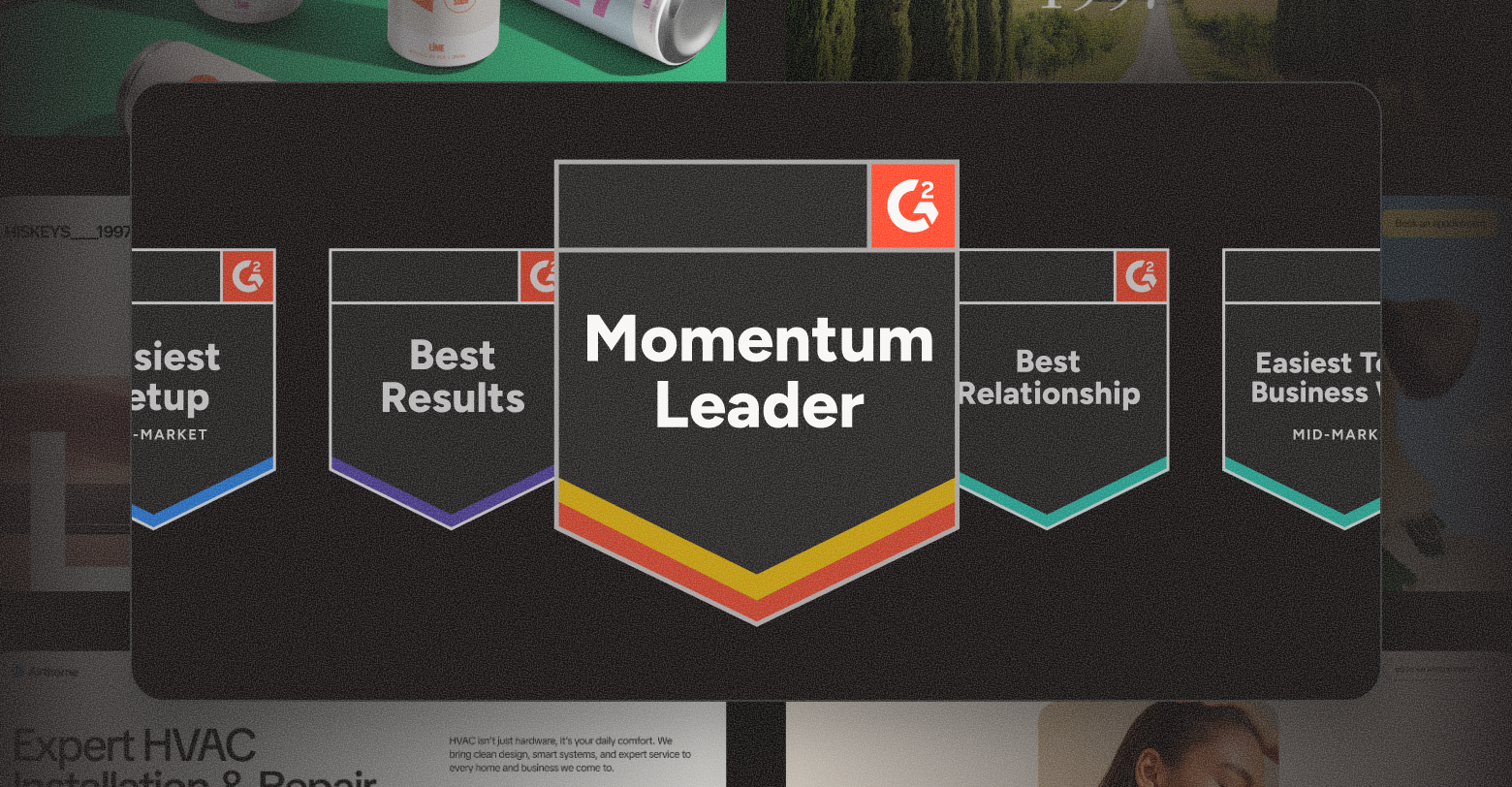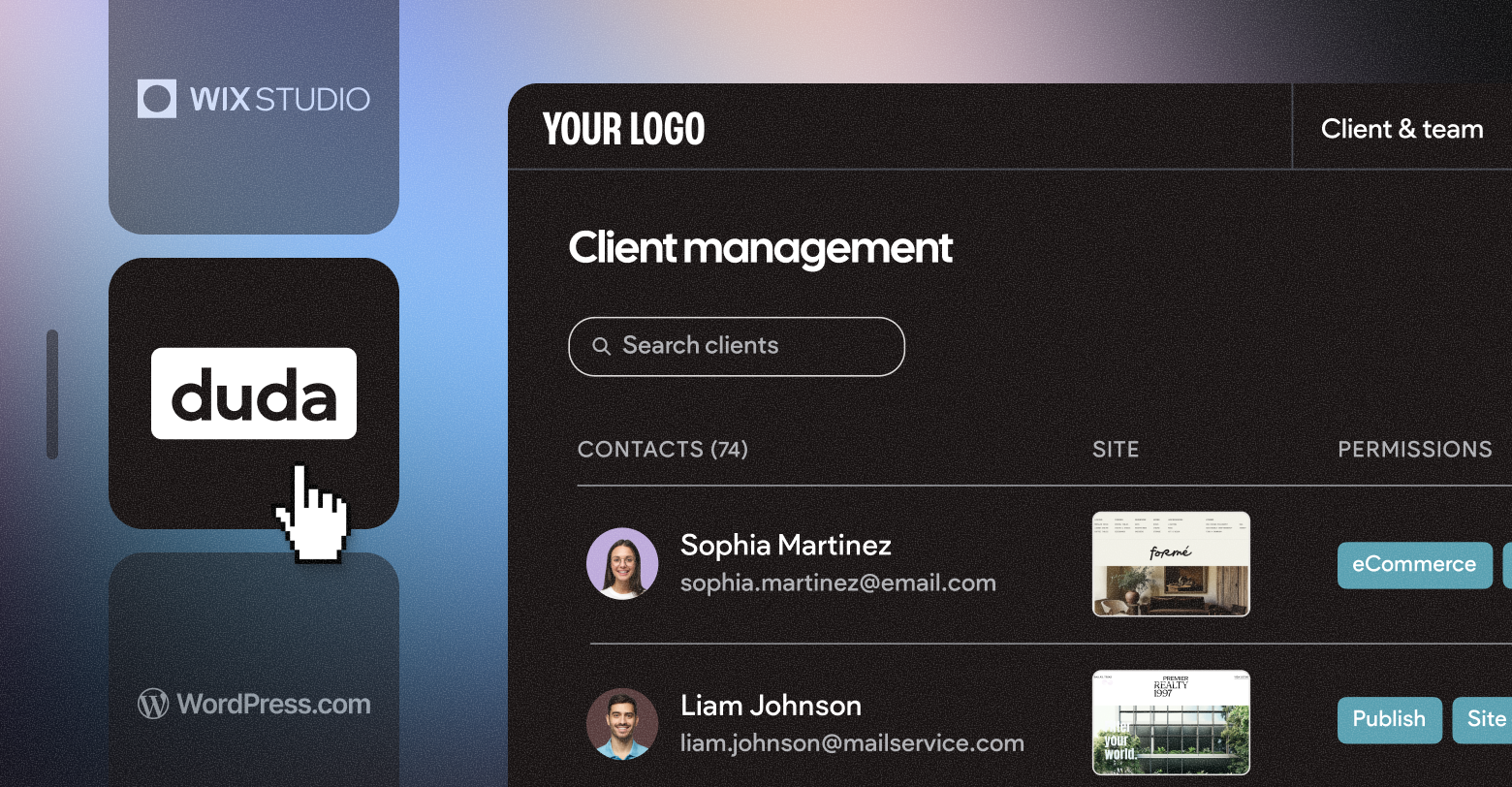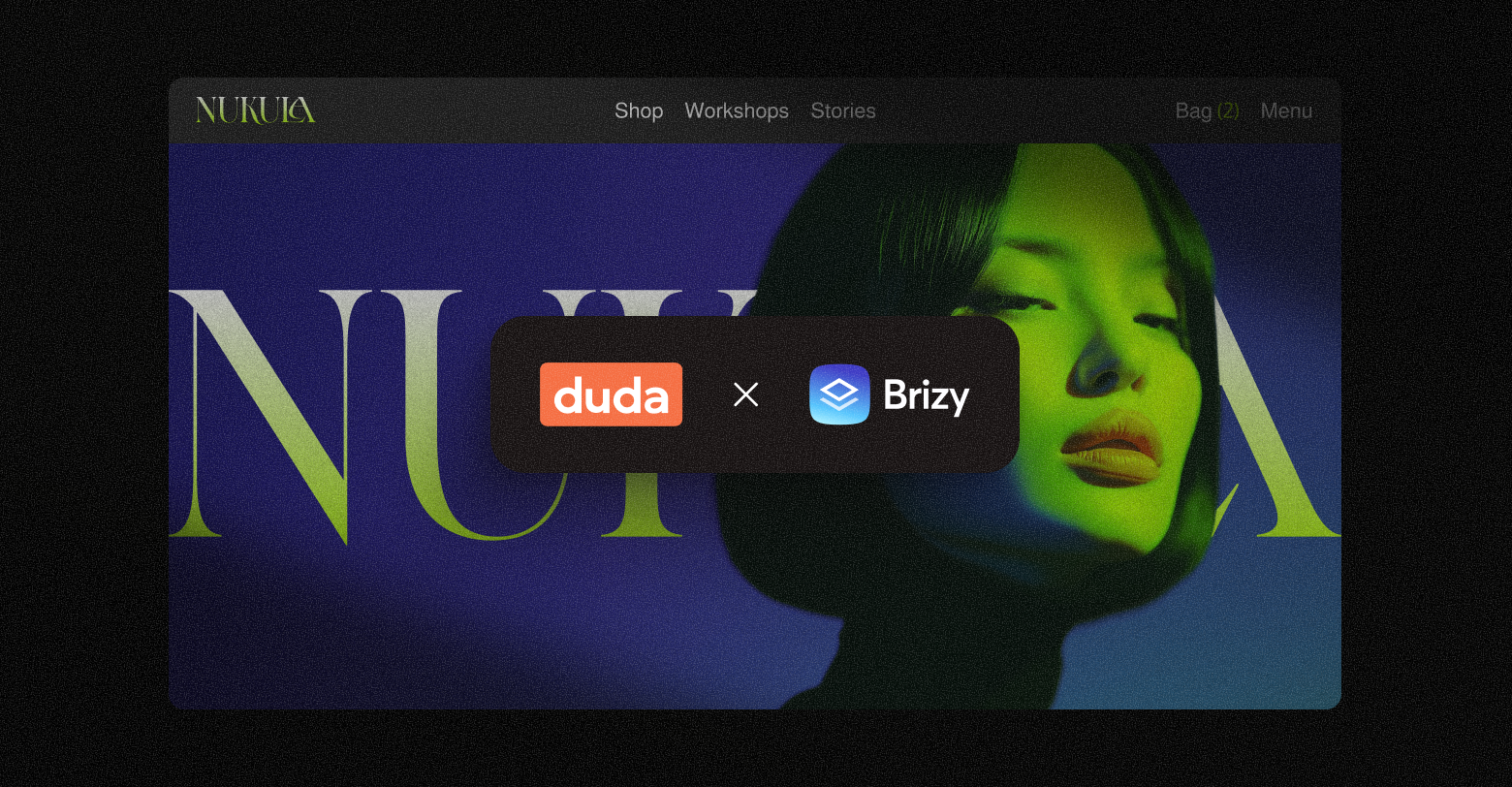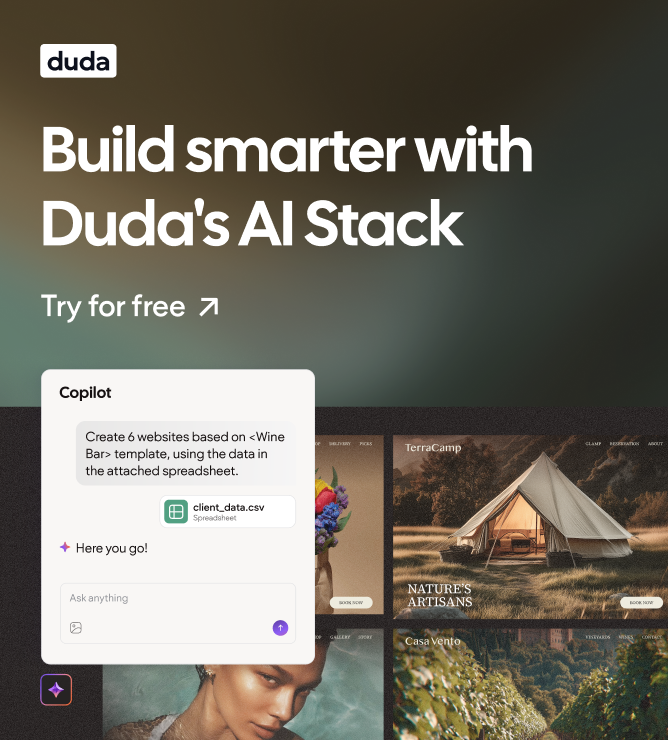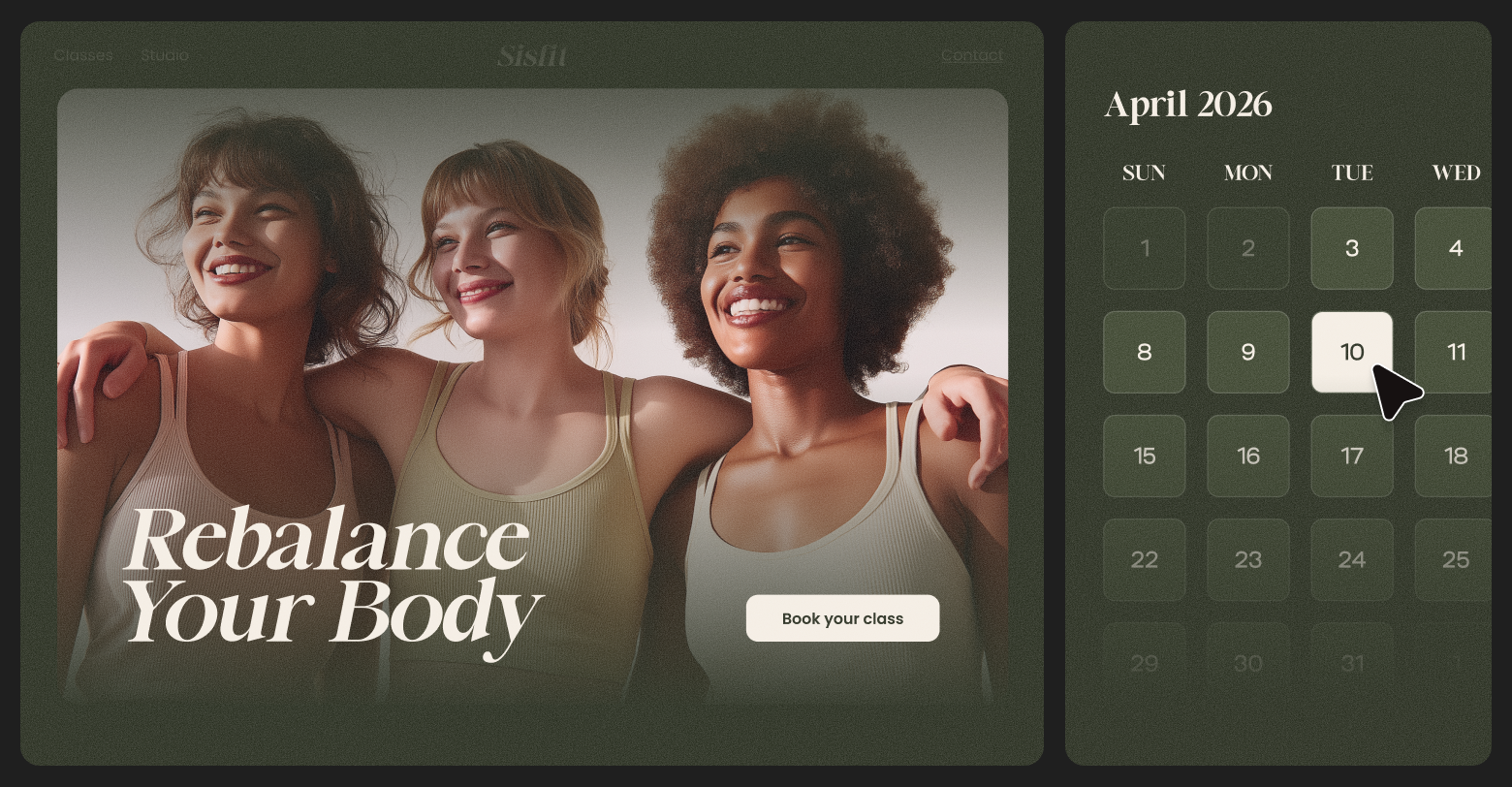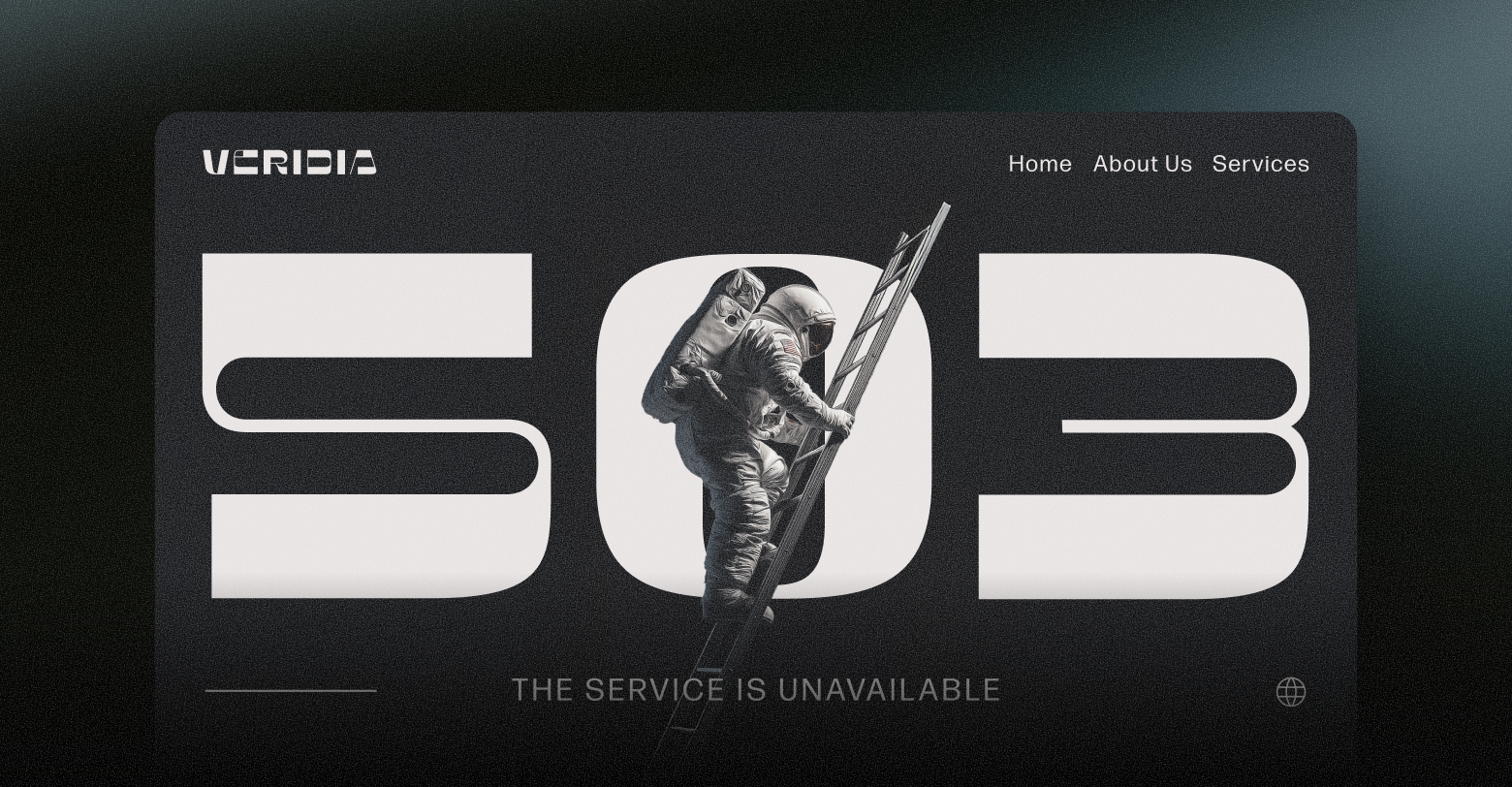If any of your
web design customers serve people who speak various native languages, it often makes sense to build a multi-language website for them.
The good news is that with tools like Duda, building a multi-language website for a small business is no longer overly complicated. In fact, some Duda partners, like web design and marketing agency
Digital8, have made it part of their repertoire and highlight multi-language websites as a way to stand out in the marketplace.
Let’s take a look at some multi-language website examples and go over a few tips for how to create them.
The Basics of Building a Multi-Language Website
Building a multi-language website isn’t an afterthought. From the beginning, you’ll want to mock up a layout and navigation that works for all targeted languages. That way the website flows well and is easy to navigate, no matter the language.
The best websites create slightly different content in both languages (as opposed to an AI translation that can result in awkward phrases). That said, for small businesses, most of the time, the additional language site can follow the same navigation, graphics, and design.
Here’s the caveat: If the preferences are different between the two language audiences, different products that cater better to the customer group are ideal — but not every business needs that.
So why go the extra mile to make a multi-language website? As mentioned, you’re creating an experience that engages visitors by using their language in a natural way. The website demonstrates an understanding of their culture, their needs, and their desires. Showing that the business understands the customer is essential to convert visitors and keep them as customers. A multi-language website (where applicable) allows your client to make this connection and stand out from competitors.
Keep those tips in mind as you begin creating wireframes, and check out the below stellar multi-language website examples.
1.
Hemodialysis Mexico
The English version of the Hemodialysis Mexico clinic website caters to Americans living in the Santa Fe neighborhood of Mexico City who need boutique, private specialty care specifically for hemodialysis treatment. The site goes out of its way to showcase the clinic’s private medical services located within a new, modern, upscale hospital called Bité Médica. Because the clinic serves many U.S. citizens, the business must ensure that the services and information offered on its website are available in English.
This site was created by Duda partner
Digital8.
2.
Digital8
This site built on Duda provides an integrated, seamless option to choose English or Spanish via a flag for each in the upper right-hand corner. This makes it easy to toggle between the two languages without reloading the site. Additionally, it’s clear a lot of thought went into writing slightly custom content for each language.
Digital8 is a digital marketing company that offers an entire range of digital services, including website design and development for international companies. So, of course, they built their own multil-anguage website, which showcases comfort with the development of these kinds of websites.
Bloomberg uses the paid Google translation service called Google Cloud Translation to help translate stories and the website into 40 languages. The advantage of the paid translation is improved readability and quality. This is key, as a basic translation can lead to awkward and clumsy phrases, which would be unacceptable to readers, especially at the premium price for Bloomberg News. And for Bloomberg, translations extend far beyond a small website with four or five pages. It affects huge amounts of articles and sites.
Because Expedia offers different services (such as flights, lodging, and experiences) in many countries, it provides country-specific website experiences. Once the appropriate country is selected, users can choose a language preference.
See below:
Neil Patel points out that the added step of focusing on countries makes sense for a company that offers different, distinct services in each country. Most businesses don’t require such complexity.
For your clients’ businesses that offer mostly the same services, but cater to people who speak different languages, building a simple, translated page works better.
Netflix offers streaming in more than 190 countries, and varies the movie/TV library and the websites based on the country. In addition to offering certain content based upon regional preferences and licenses/rights to TV shows and movies, Netflix also personalizes the content to the logged-in user’s preferences.
Users can also choose a language for the website. For example, on the main site from the U.S., because Spanish and English are such dominant languages, the home page allows website users to toggle between languages. But, when logged in from another country based automatically on the IP address, such as Germany, website users can choose to view the website in English or German. This automation for the IP and choices for the user apply across all 190 countries.
Add Multi-Language Websites to Your Toolkit Today
As a
website design agency, it’s more than likely you’ll have clients who could benefit from a multi-language website. Whether or not they do will come down to how big their customer base is that speaks a different language from what will be featured on the main website.
For a business in multiple countries, it’s a must. For a company that wants to cater to a specific demographic, like
Hemodialysis Mexico, it’s the difference between being surviving and thriving.
Top Tips For Implementing Multi-Language Into Your Site
You may be thinking, why do I need a multi-language site? Well, with the web open to the world there are many reasons why you should build a multi-language site. If you’re looking to
build a website and are unsure where to get started, the examples above are perfect for understanding what to do, while there are a number of top tips you should take on board too, including:
Use Consistent Templates
When you’re integrating multiple languages into a site, then it’s important you still have consistency. You want your users in Bogota to have the same experience as those in London, you want your Indian users to be as engaged as your French ones. Therefore across each language you should see the same branding, navigation and elements.
It’s what many of the examples above do expertly and they do so by using
templates that have multi-language built into the theme. This allows your brand and site to be more globally recognizable as well as ensuring you don’t have to maintain a number of different web designs and functionalities.
Account for Text Expansion
What you will have to account for, however, is text expansion. Naturally, as you translate different languages they will come out the other side in different shapes and sizes. English and Spanish, for example, are much more wordy than Japanese and Chinese, with the latter using just a couple of characters often to display the information it needs.
Therefore, it’s important to make sure you will have enough space within the layout of your design to play with, while also making sure that at the same time it doesn’t look out of place.
Design for Right-to-Left Languages Too
Don’t forget, some languages read right-to-left too. This can pose a number of challenges, especially when you are creating a template to suit all. This can often be done in the development stage, which can ultimately just mean flipping the interface. Brands can ultimately mirror their design to make this work, particularly for the following right-to-left languages:
There are of course many other factors to consider from using colors and images that are culturally appropriate across the board, to ensuring dates are formatted correctly for that particular country. However, when it comes to language itself, these three tips will certainly hold you in good stead.
Related Posts
By Stephen Alemar
•
October 23, 2025
Discover why Duda is a top-rated website builder on G2, recognized for usability, easy setup, strong relationships, and excellent results, all backed by real reviews.
By Ilana Brudo
•
October 16, 2025
Discover why digital marketing agencies are choosing Duda over Wix Studio and WordPress for speed, reliability, and client experience, and how it helps them scale without operational overhead.
By Stephen Alemar
•
October 14, 2025
Duda vs. Brizy: Compare these website builders for agencies focused on scaling, client management, AI, eCommerce, and team collaboration.
Show More


